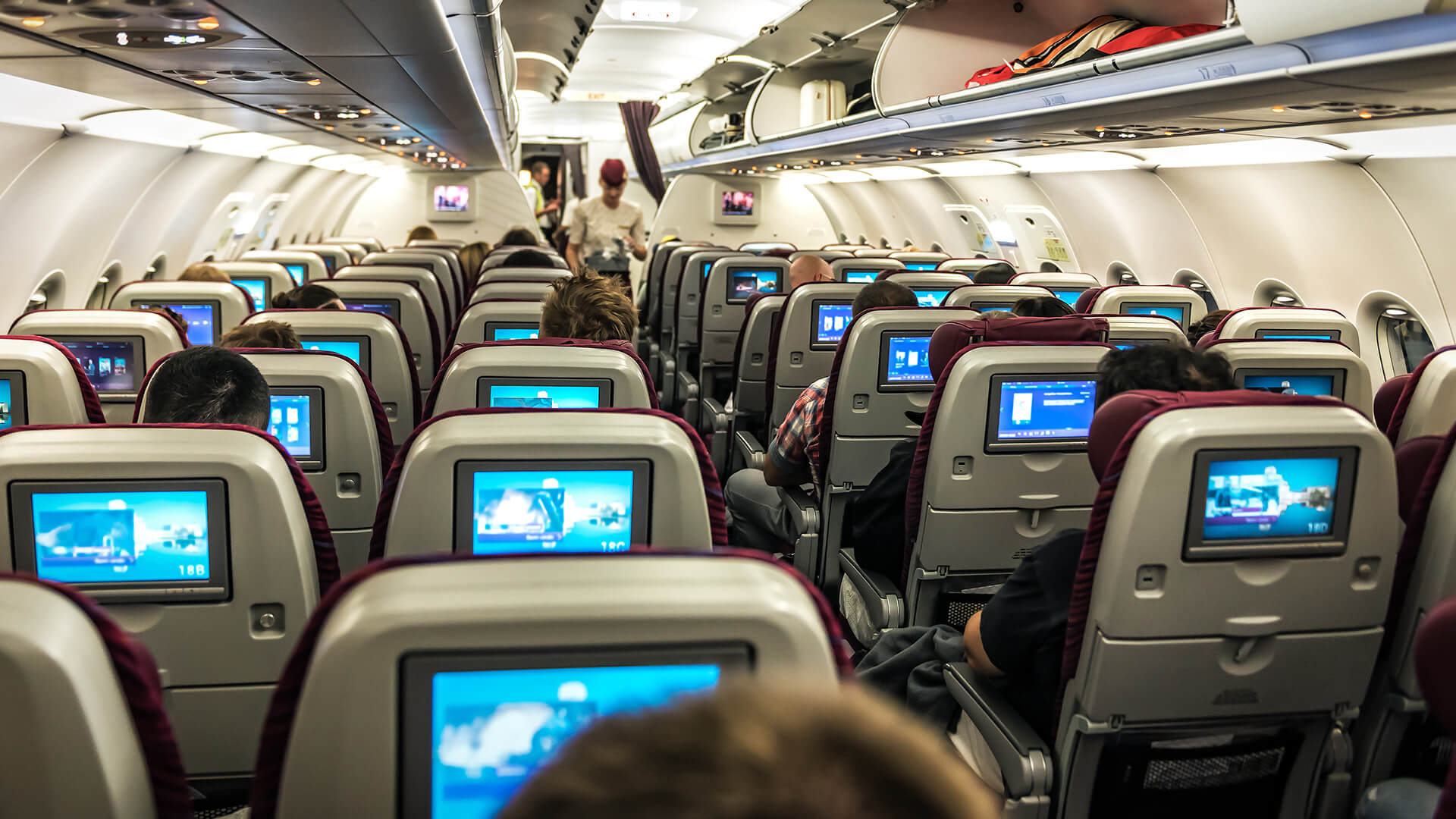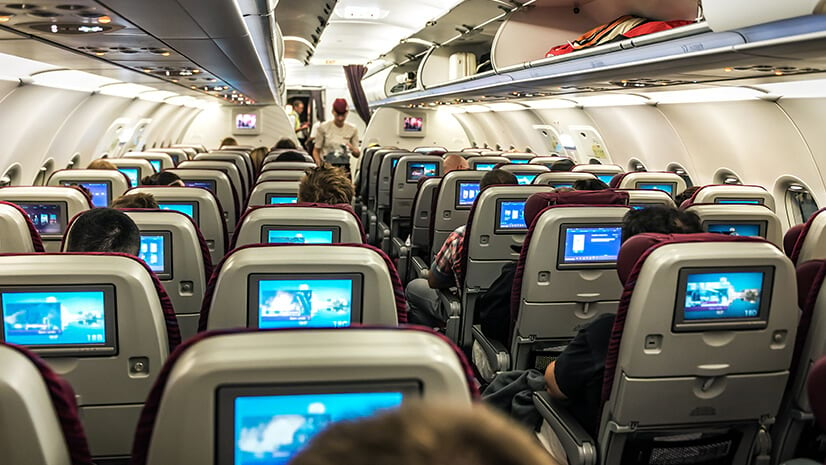New survey data reveals that global business travel has nearly rebounded to pre-pandemic levels, thwarting some predictions. But corporate travelers in 2023 are navigating very differently than they did in 2019.
Last-minute bookings for pricey seats on the plane are out. So are trips lasting less than 24 hours. Businesses are maximizing the ROI of every airline voyage by cutting travel costs and squeezing more meetings into longer trips.
A renewed emphasis on efficiency and productivity is one of the major themes that emerged from an October poll of over 17,000 travel professionals conducted by the Global Business Travel Association (GBTA).
The polled group included members of the travel industry who supply transportation through agencies, hotels, and airlines, as well as corporate travel buyers who book travel for their colleagues or companies. Regions included the US, Latin America, Europe, and Asia-Pacific.
Sixty-nine percent of respondents named the top barrier to business travel as costs that are rising faster than corporate budgets. A slightly smaller number, 63 percent, cited general inflation or recession concerns.
Comparing the results regionally reveals subtle distinctions in how business travel is shifting. In Europe and Latin America, two-thirds of travel buyers named sustainability as one of the top three priorities for their travel programs next year. In the US, cost management emerged as the primary concern of American travel buyers—at 74 percent, the highest of any region surveyed in the study.
Adapting to an Efficiency-Minded Business Traveler
These trends mirror the strategic direction of enterprises at large. Many businesses are looking to streamline operations and reduce environmental impacts—efforts that can often coincide.
For instance, COOs have used geographic information system (GIS) technology to calculate faster routes for service vehicles and delivery trucks, lowering both CO2 emissions and fuel expenditures.
Location software can provide similar insights to airlines adapting to efficiency-minded business travelers. A heat map might display the most popular travel routes for business executives, indicating where nonstop flights might be added. Direct flights are both more carbon-efficient and less likely to be canceled, leading to fewer travel delays.
Spatial analysis could also help trim business travel budgets. With some companies insisting on the cheapest flights even if it means the traveler has a longer drive to the airport, corporate travel managers could widen the search radius on their dashboard when shopping for flights. A smart map could also highlight clusters of clients or partners, so multiple meetings can take place in one destination.
Collaboration Rises—In-Person and Online
The GBTA study yielded interesting insights into how business is being conducted today. Over half (54 percent) of professionals who book travel report that employees are attending more in-person meetings and conferences than they did in 2022—suggesting that the importance of face-to-face meetings has not dimmed in the post-pandemic era.
Yet half of respondents have also seen an increase in virtual meetings.
What the study may point to is a renewed emphasis on collaboration, facilitated by the rise of digital technologies. The difference now is that employees and executives may be more discerning about whether that business trip is really worth the ticket price or the emissions.
The Esri Brief
Trending insights from WhereNext and other leading publicationsTrending articles

December 5, 2024 |

November 12, 2018 |

July 25, 2023 |

February 1, 2022 |

March 18, 2025 |

May 28, 2025 |


